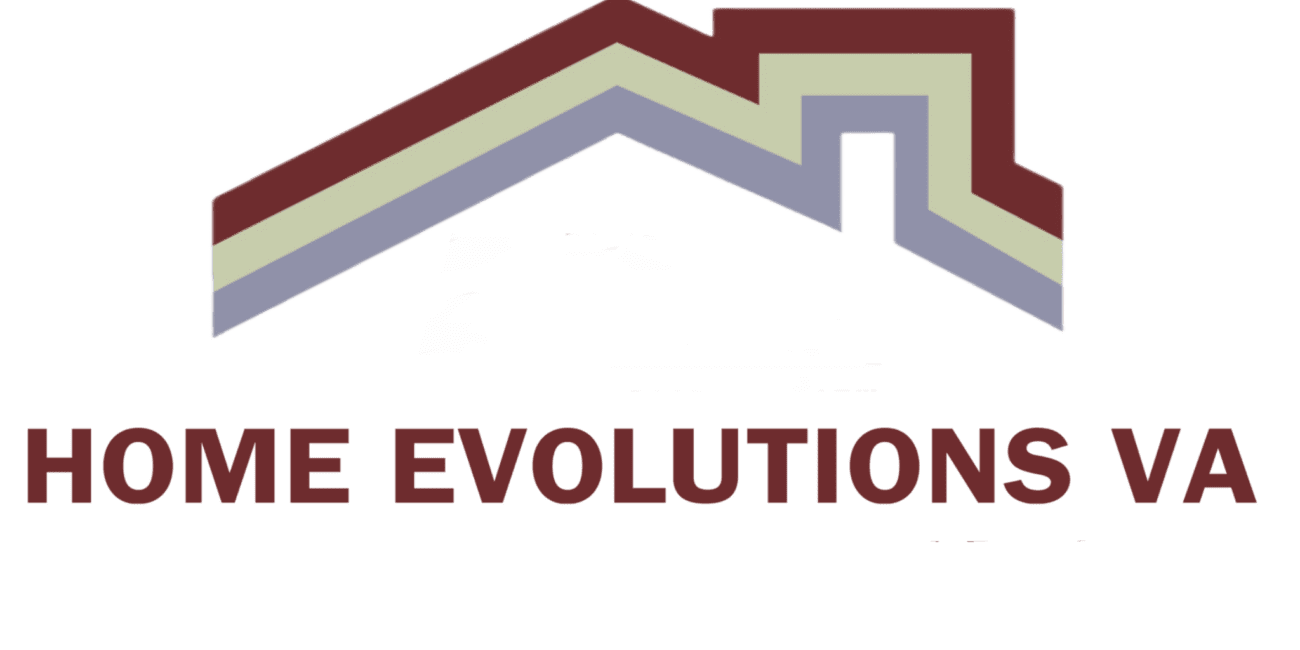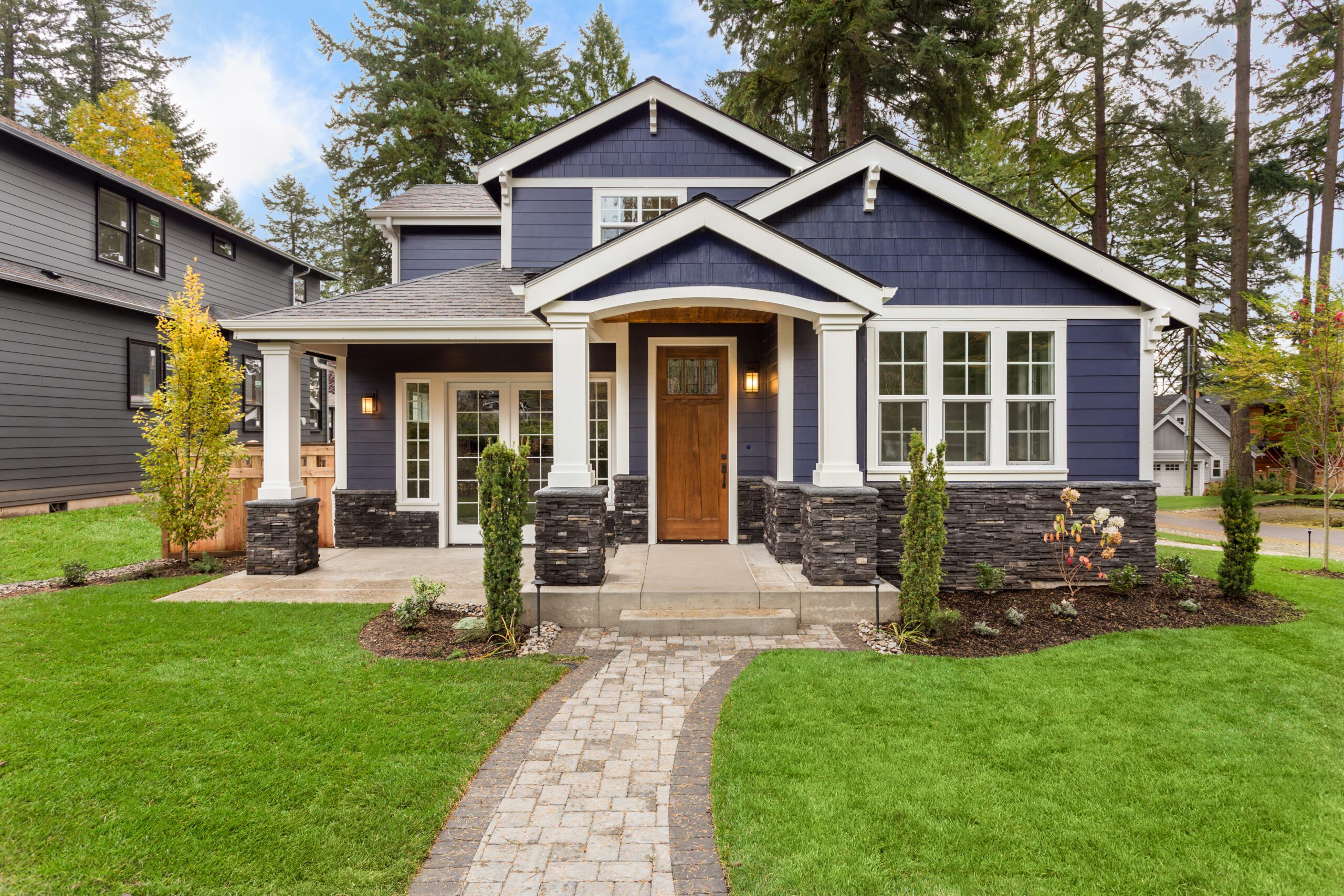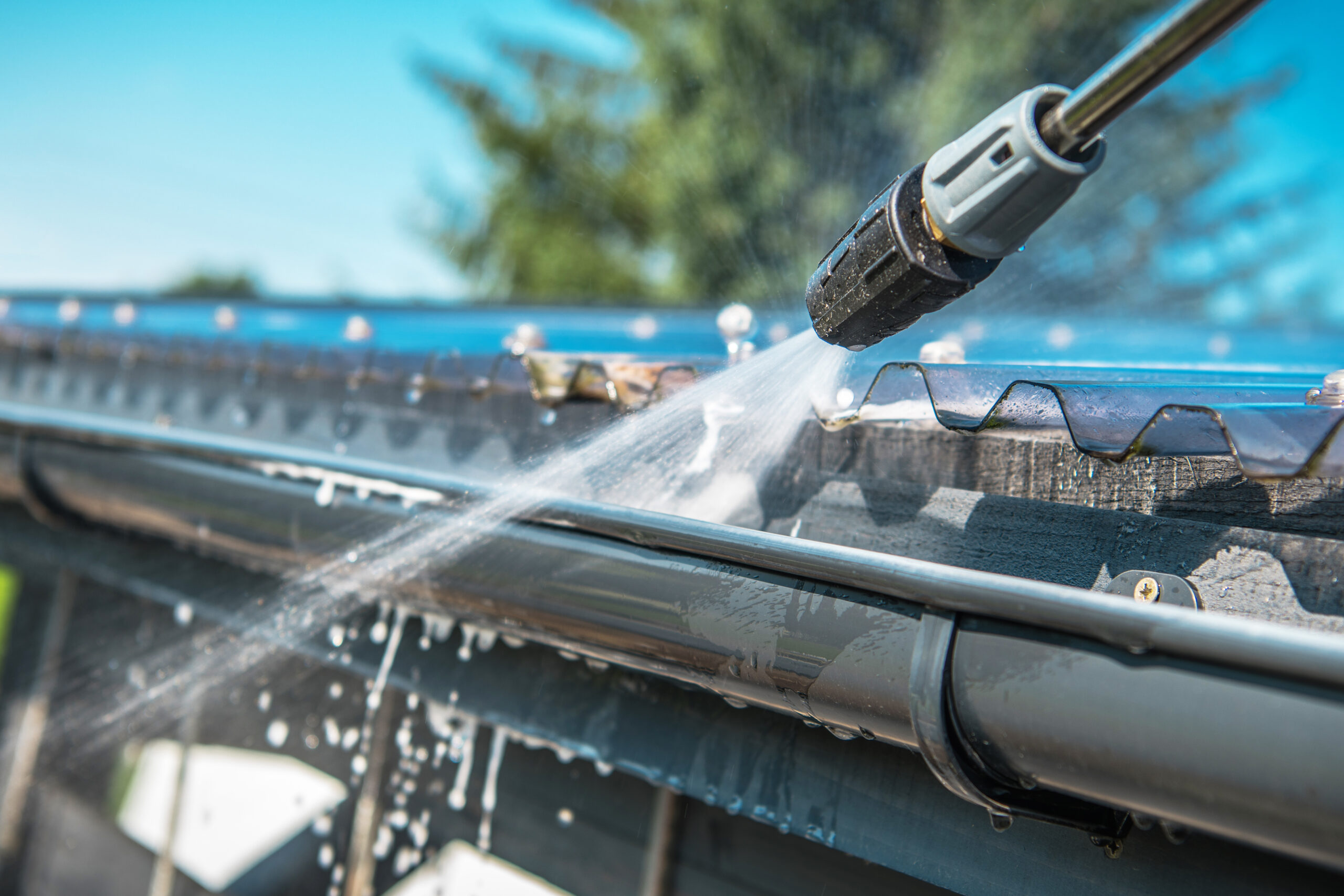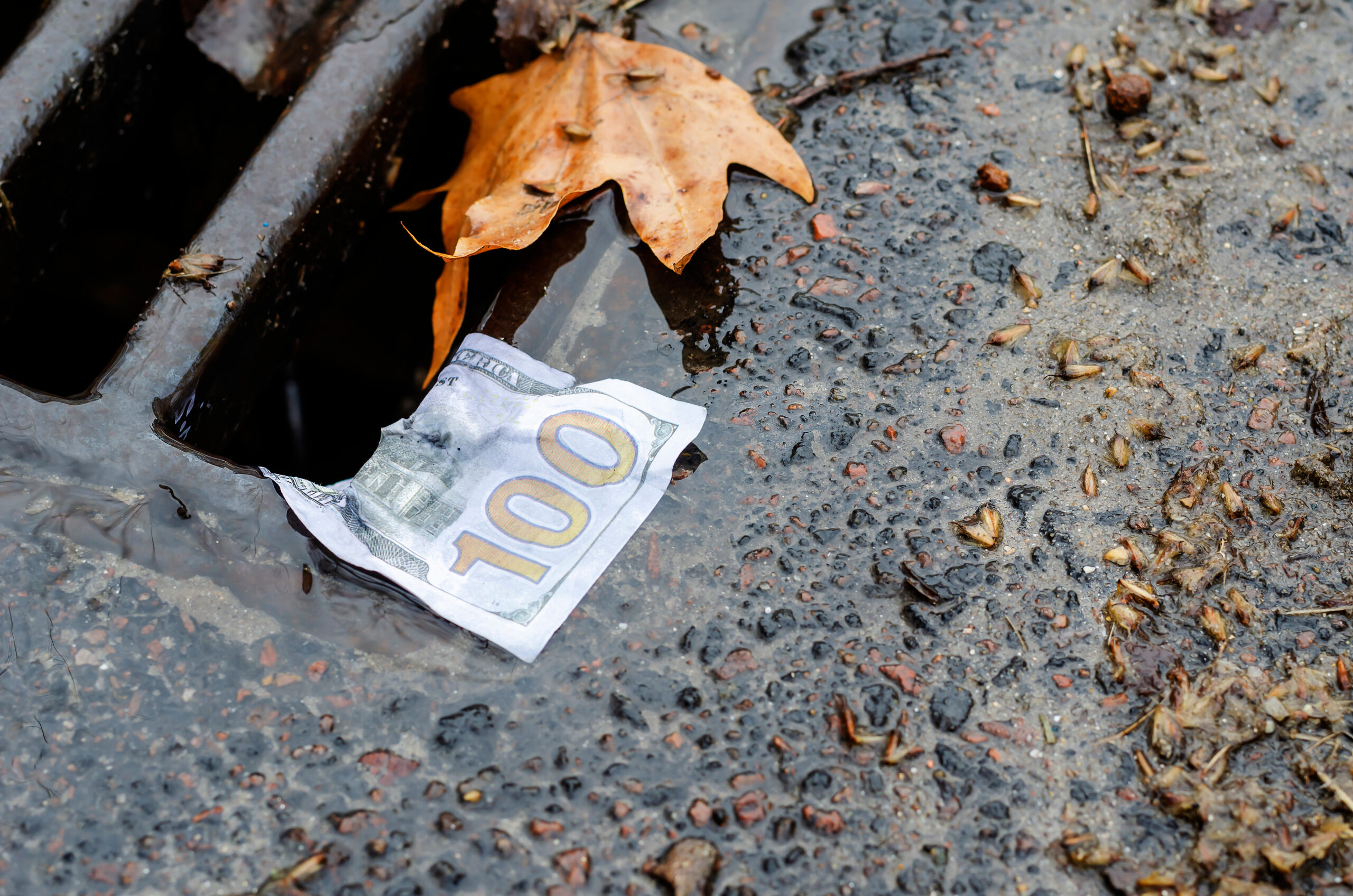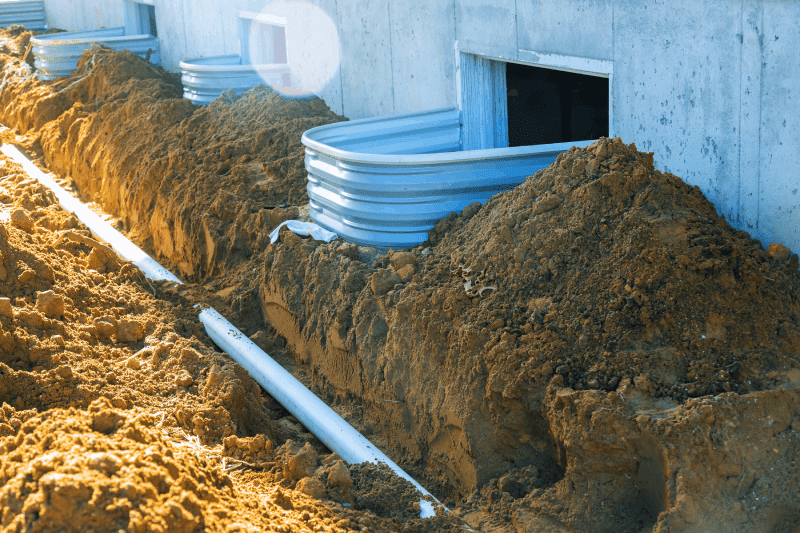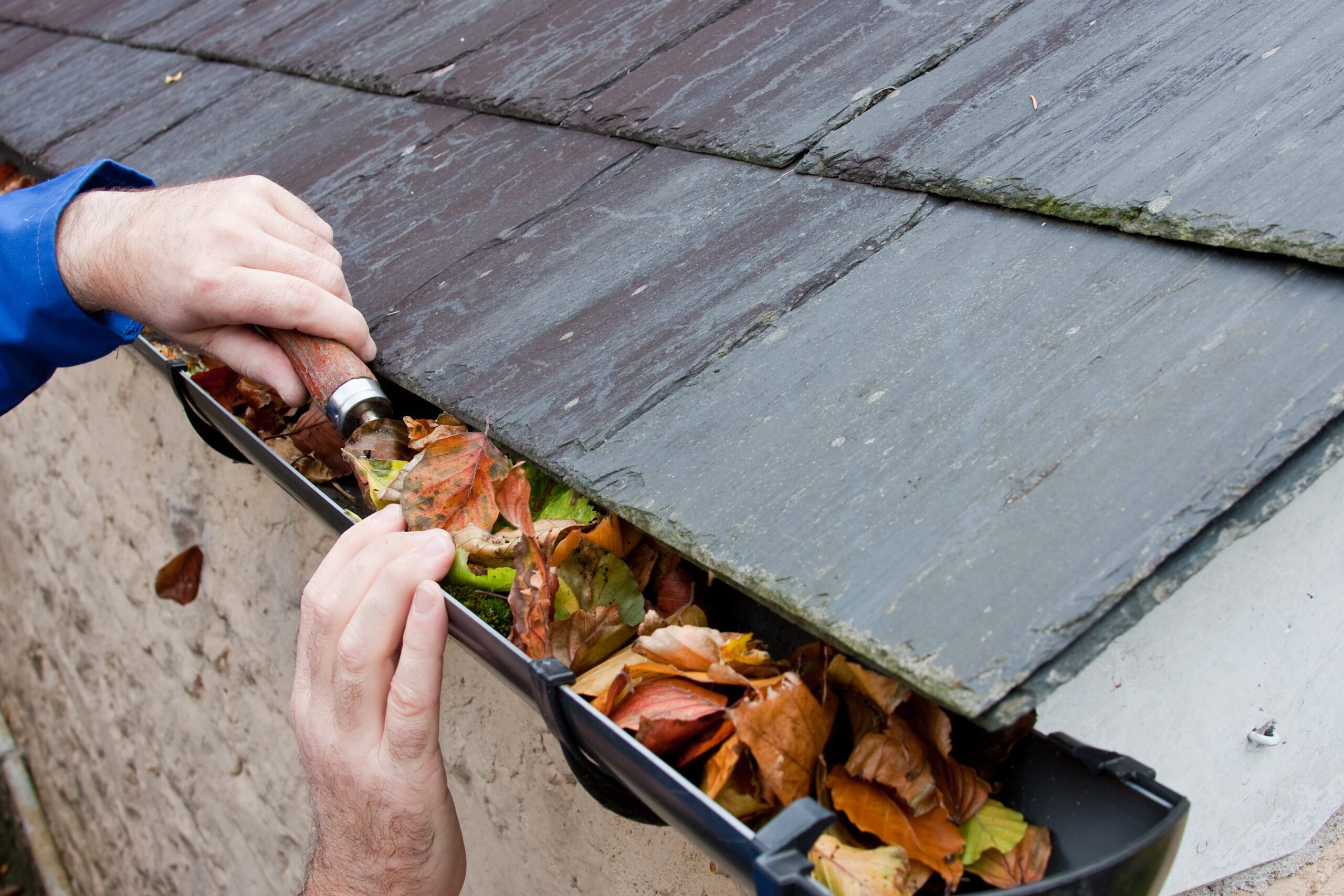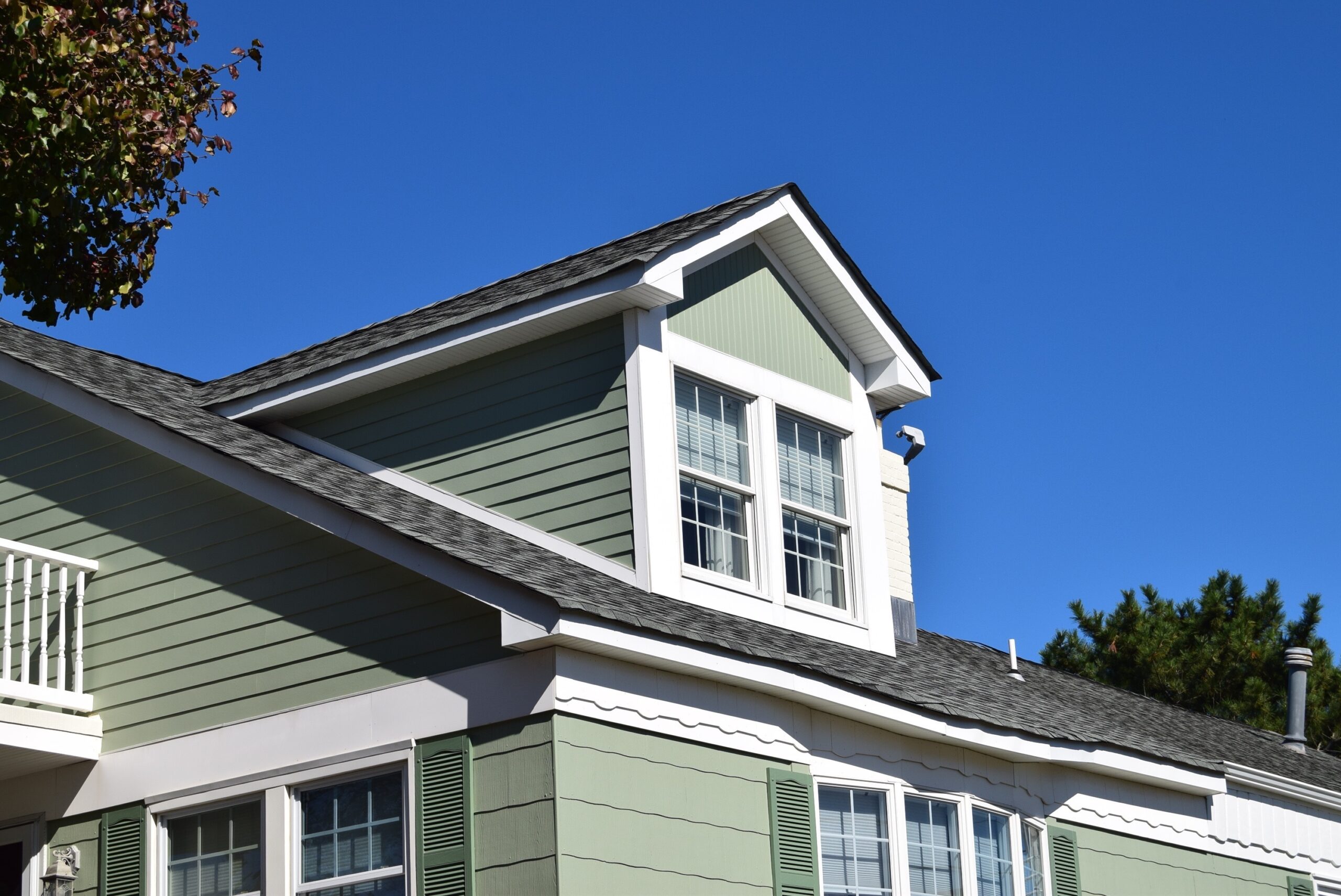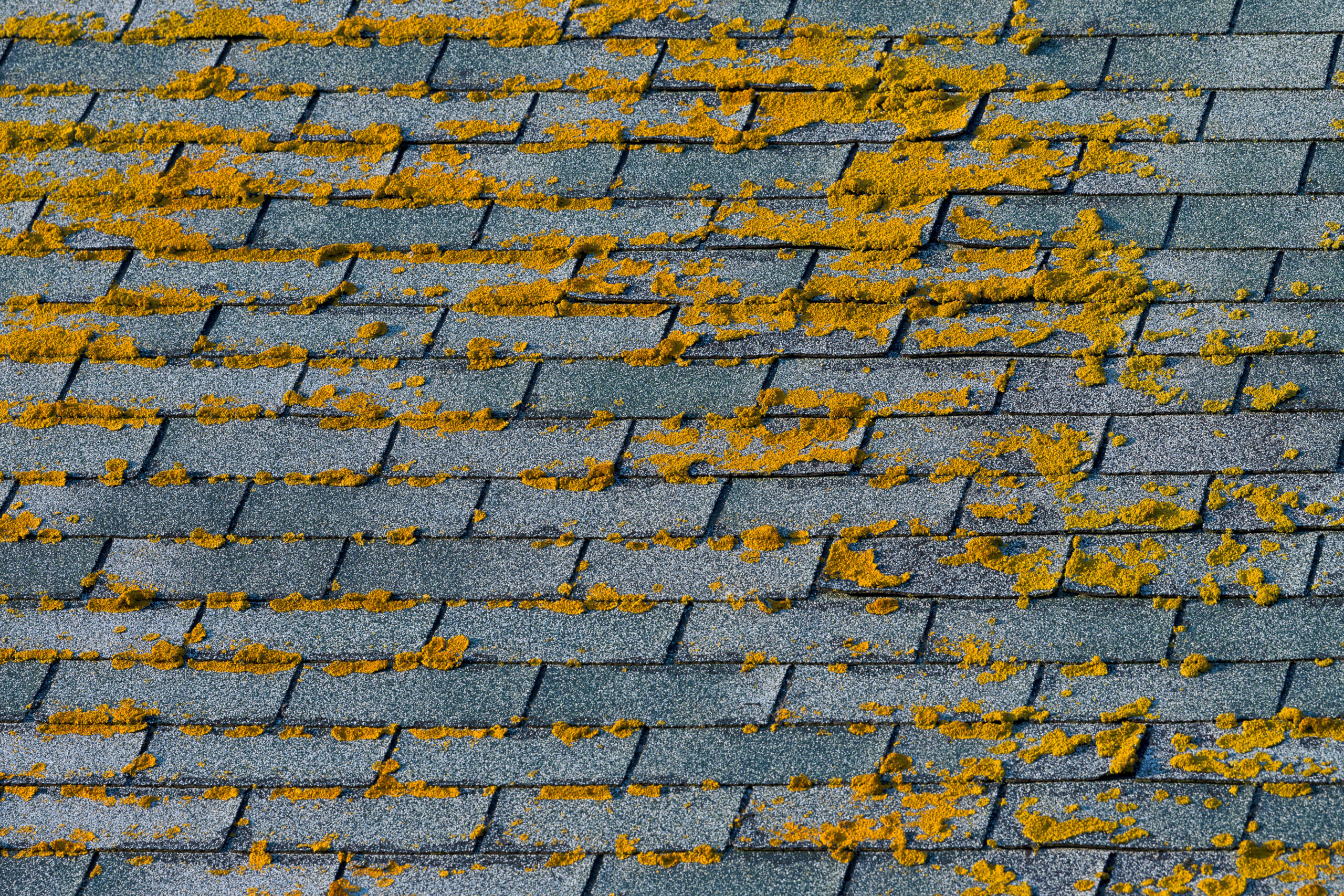
Have you ever driven through a neighborhood or passed houses and saw dark streaks down their roof and wondered what it was? At a glance, those streaks appear to be water that hasn’t dried from recent rain. However, if the streaks don’t dry after a while, it’s not just rain. Those dark unsightly streaks are algae.
Roof algae is a very common issue for homeowners across the country, especially in humid climates like Central Virginia. States that are subtropic have a higher humidity than average and Lynchburg and surrounding cities are no exception. The risk for your roof to develop algae streaks is pretty high.
If you’re concerned about roof algae developing on your roof or if you have some already and are trying to treat and prevent it, continue reading. We’ll discuss how roof algae forms and how you can manage and prevent it.
What Is Roof Algae?
Most of the time when someone thinks of algae they picture it growing in fish tanks or floating on the surface of an ocean or lake. Did you know that algae can grow outside of water and live on a roof? Those unsightly dark streaks are a buildup of aquatic plants that thrive in humid conditions which is why they cling to roofs in humid climates.
So, how can algae, an aquatic plant, grow and thrive without being submerged in water? Great question! The algae that grow on a roof is called gloeocapsa magma, an aquatic plant/bacteria that can rapidly spread in humid conditions. They’re able to survive without being submerged in water because they feed on the moisture found on roofs in humid conditions. So even if we haven’t had rain in a while, roofs in Lynchburg, Charlottesville, and surrounding cities are humid enough for roof algae to grow and thrive.
Gloeocapsa magma feeds on the moisture on roofs and can spread very quickly. When they multiply in the warm humid months, they can quickly take over a roof, spreading rapidly. Those dark streaks are a result of the algae being pulled down by gravity.
Is Roof Algae a Danger to a Roof?
We already know that roof algae are unsightly, but does it present any issues? Absolutely it can. Believe it or not, roof algae can shorten the lifespan of a roof, especially if the roof is often shaded by trees.
What harm can algae do to a roof? Quite a bit. Those tiny aquatic plants start small but can spread throughout the roof, especially if it’s shaded and during the spring and summer months when the weather is warm and the air is humid. Because these aquatic plants need moisture to survive, they remain on the roof and will retain moisture, eventually settling into your roof’s shingles.
When moisture is left to sit on top of a shingle roof, water can seep inside and under the shingles, causing them to deteriorate and rot over time. A roof is an investment that should last for nearly two decades. To have it shortened by algae is a headache for homeowners. Not only can algae grow and spread on a roof, but it can also make its way into a gutter system, rapidly spreading in that moist environment.
How to Treat & Prevent Roof Algae
Unfortunately, once you have algae on your roof, there isn’t much you can do to treat it. Steer clear of cleaners sold at home improvement stores as they often include chemicals that are dangerous and can ruin your roof. If you notice those unsightly dark streaks that don’t seem to disappear on a warm sunny day, contact a roofing specialist to help treat the algae.
Luckily, there are some preventative measures you can take to help prevent algae from forming on your roof. First, if you have any trees that hang over your roof or provide shade, be sure to trim them. Algae need shade to thrive, so removing as much shade as possible will help with the spread of algae and will keep your roof drier, limiting the number of spores that will settle on your roof.
As previously mentioned, gutters are another hot spot for algae to grow and spread, thanks to the humid environment it provides. To help limit the spread of spores that can travel from a gutter to a roof, keep your gutters clean year-round. Half-round gutters often have moisture and debris in them, making it easy for a single spore to spread from an untidy gutter and up to a roof in the right conditions.
Roof algae streaks are unsightly and often deter potential home buyers. However, you can prevent them by following the tips above. Central Virginia has a humid, subtropic climate, ideal weather for algae to grow and spread. If your roof has been ruined by algae or if it’s nearing the end of its lifespan, contact Home Evolutions VA for all your roofing needs.
We can also install a new gutter system or repair your current one—among many other services—that can help add to your home’s curb appeal. Our seamless gutters and gutter guards and K-Guard Leaf Free Gutter System are so effective at flushing water rapidly through the gutter system and are made from extremely durable material. Our gutters will never corrode or warp due to the elements and can withstand all weather conditions, which is crucial for homeowners in Lynchburg, Charlottesville, Danville, and surrounding cities in Central Virginia.
Book your free estimate today for a new roof or gutter system!
